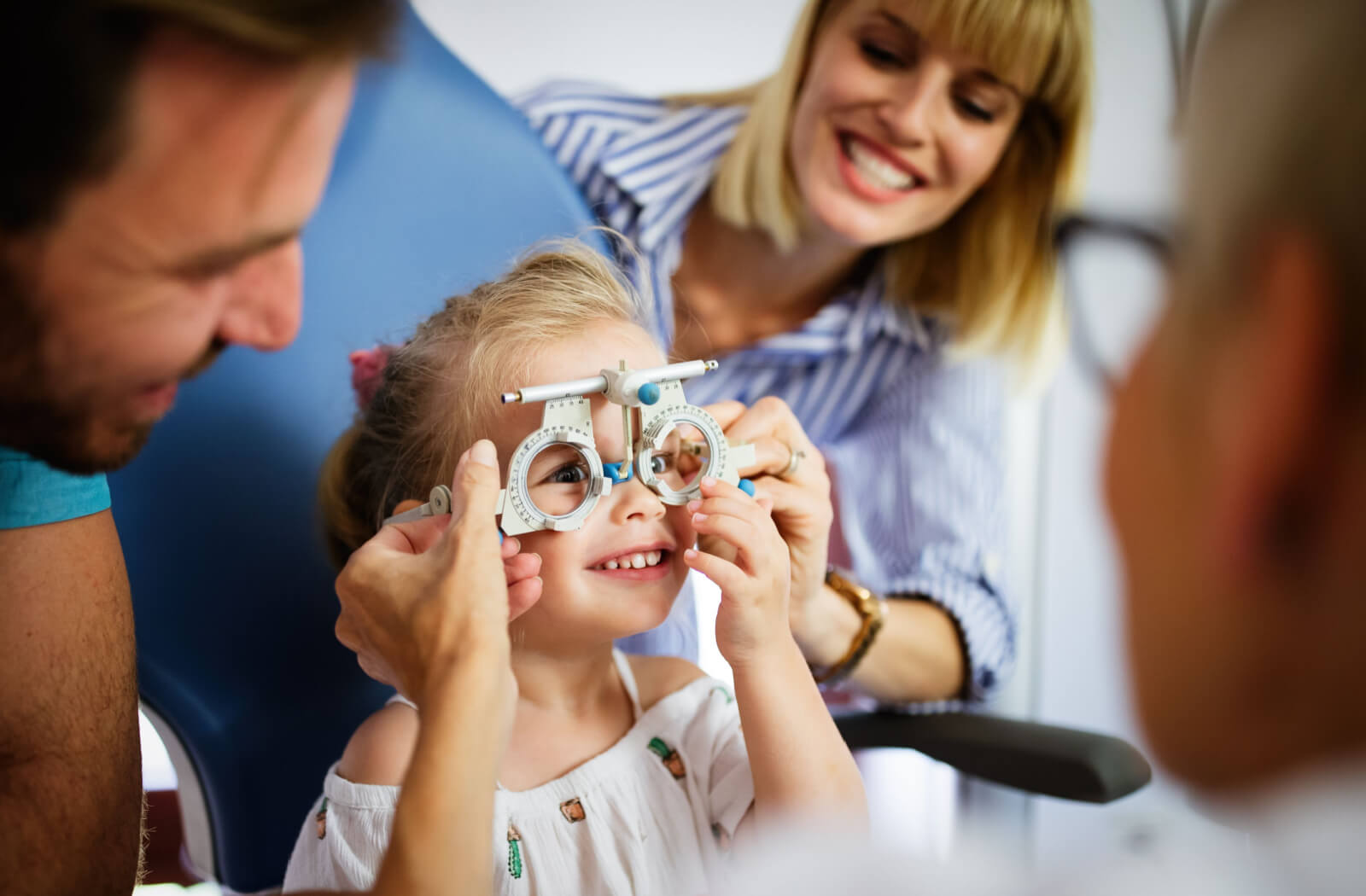
She never complained. She drew. Read books. Played games. Everything seemed fine. But at school, her teacher noticed squinting. She held books closer. Missed things on the board. We assumed she was distracted. The eye exam said otherwise. She needed glasses. I didn’t even know what to look for until someone else noticed first.
The exam wasn’t just reading letters off a wall
That’s what I expected. A simple chart. Cover one eye. Read the bottom row. But it was more detailed. They tested tracking. Depth perception. Eye alignment. Color recognition. Even how her eyes worked together. She didn’t feel tested. It felt like a game to her. But the results gave us a map we never had.
They asked about family history, which caught me off guard
I wasn’t ready for that part. I forgot my brother had lazy eye. My grandmother wore thick lenses. They asked about eye surgeries. Color blindness. Even migraines. Apparently, some issues run deep. Not every vision problem starts fresh. It helped to know what might repeat—and what could be watched early.
I didn’t know children should have their first exam so young
I assumed age five. Maybe six. But they recommend starting between six months and one year. Then again at three. And before first grade. Even if nothing seems wrong. Some issues develop before a child can describe them. Early exams can catch problems before they affect learning. That surprised me. But it made sense after.
She didn’t know her vision was blurry because it had always been that way
When we asked how things looked, she said “normal.” She didn’t know trees had crisp edges. That street signs weren’t supposed to shimmer. Her world had always been soft. That part hit me hard. If we hadn’t tested her, she would’ve kept guessing. It’s hard to describe what’s missing when you’ve never had it.
The glasses changed more than how she saw—her behavior changed too
She stopped rubbing her eyes. Focused longer. Fewer tantrums. Her reading improved. She stopped skipping lines. Her headaches disappeared. I hadn’t noticed how much was connected. When she could see clearly, her body relaxed. Her confidence grew. The shift was quiet, but constant. It wasn’t just eyesight—it was comfort.
The optometrist said some kids fake good results to avoid glasses
That surprised me. Some children memorize the chart. Or guess well. Or don’t want to wear glasses. So they try to pass. It’s not about dishonesty—it’s about anxiety. Or embarrassment. That’s why they test in different ways. Not just reading letters. But tracking. Alignment. Focus. They know how to spot guessing.
Vision can change quickly during growth, and we weren’t ready for that
We thought one pair of glasses would last years. But six months later, she struggled again. Her prescription had changed. Not dramatically, but enough. Her eyes were adjusting as her body grew. That’s normal. But it means exams need to be regular. Even if the last one seemed fine. Things shift quietly during growth.
Blue light and screen time weren’t part of eye care when we were kids
Now they ask about screens. How long. How close. What breaks she takes. The doctor didn’t shame us. But she explained how blue light affects sleep and focus. How blinking slows when staring at tablets. It’s not just vision—it’s lifestyle now. We added timers. Breaks. Different lighting. It helped more than expected.
There were signs we missed that weren’t about eyesight at all
She tilted her head while reading. Blinked more than usual. Got frustrated with puzzles. Rested her head on her arm during homework. None of that screamed “eye issue.” But they were clues. Kids don’t always say “I can’t see.” They adapt. Or avoid. That’s why observation matters more than complaints.
The eye drops for dilation made her nervous, but they explained everything clearly
She hated drops. Still does. But they told her what to expect. It would sting. Then her eyes would feel heavy. Lights would seem too bright. They gave her sunglasses. Told her it would pass by bedtime. It wasn’t pleasant. But it wasn’t scary either. Information helped more than distraction.
Insurance covered less than we thought, but we adjusted
The exam was partly covered. The glasses weren’t. Not the frames she liked. Not the lenses with protection. We budgeted differently. Chose fewer extras. Some things had to wait. But the basics were in place. It wasn’t cheap. But it mattered. And we planned ahead better for the next pair.
